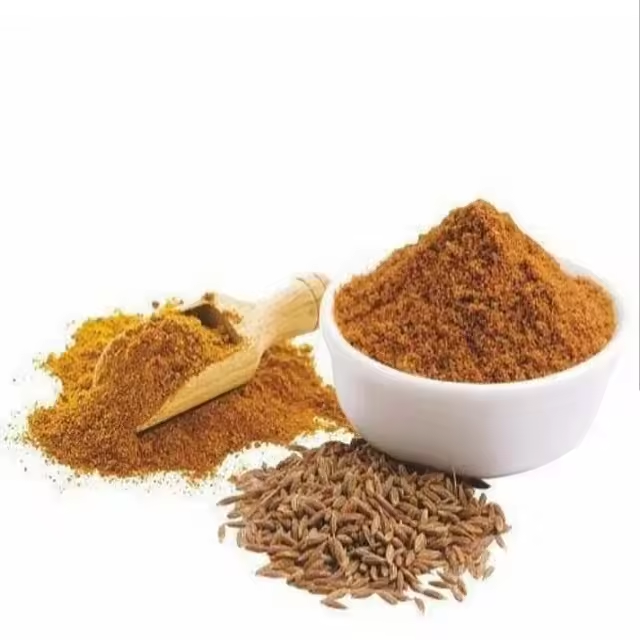When it comes to spices, fennel and cumin are two popular choices in many cuisines around the world. But what sets them apart? Let's dive into the differences between these two flavorful ingredients.
Origin and Appearance
Fennel, scientifically known as Foeniculum vulgare, is a flowering plant in the carrot family. It has feathery leaves, yellow flowers, and a bulbous base that is often used in cooking. Cumin, on the other hand, comes from the Cuminum cyminum plant and is a small seed with a warm, earthy flavor.
Flavor Profile
Fennel has a sweet, licorice-like taste that can add a refreshing and slightly sweet note to dishes. It is often used in Mediterranean and Indian cuisines. Cumin, on the other hand, has a warm and slightly bitter flavor with a nutty undertone. It is a staple in Mexican, Middle Eastern, and Indian cooking.
Health Benefits
Both fennel and cumin are known for their potential health benefits. Fennel is rich in antioxidants, fiber, and vitamins, and is believed to aid digestion and reduce inflammation. Cumin, on the other hand, is a good source of iron, aids digestion, and may help improve blood sugar control.
Culinary Uses
Fennel seeds are often used in baking, sausages, and pickling, while the bulb and fronds can be roasted, grilled, or eaten raw in salads. Cumin seeds are a key ingredient in spice blends like curry powder and chili powder, as well as in Mexican dishes like tacos and chili.
So, while both fennel and cumin are flavorful and versatile spices, they each bring their own unique characteristics to the table. Whether you're looking to add a touch of sweetness with fennel or a warm depth of flavor with cumin, these spices are sure to elevate your culinary creations.

